Inolux uses (in its datasheet template for each of its LEDs) a log-log scale to depict the Relative Luminous Intensity, but it's not depicted in a manner that I've witnessed before.
For example, IN-P32TRRRGB: From the datasheet:
There are 8 increments between each decade rather than the 10 I'm more accustomed to. The increments do not get smaller from left to right toward the end; some actually get larger.
- Is this typical for depicting log grids?
- Is there a straightforward, calcuable means to approximate these data points?
I reached out to the manufacturer but have not heard anything yet.
If they were cutting corners, doing a sloppy job on the grid which goes on every LED datasheet seems like the worst way to go about it, so I questioned myself rather than them.
